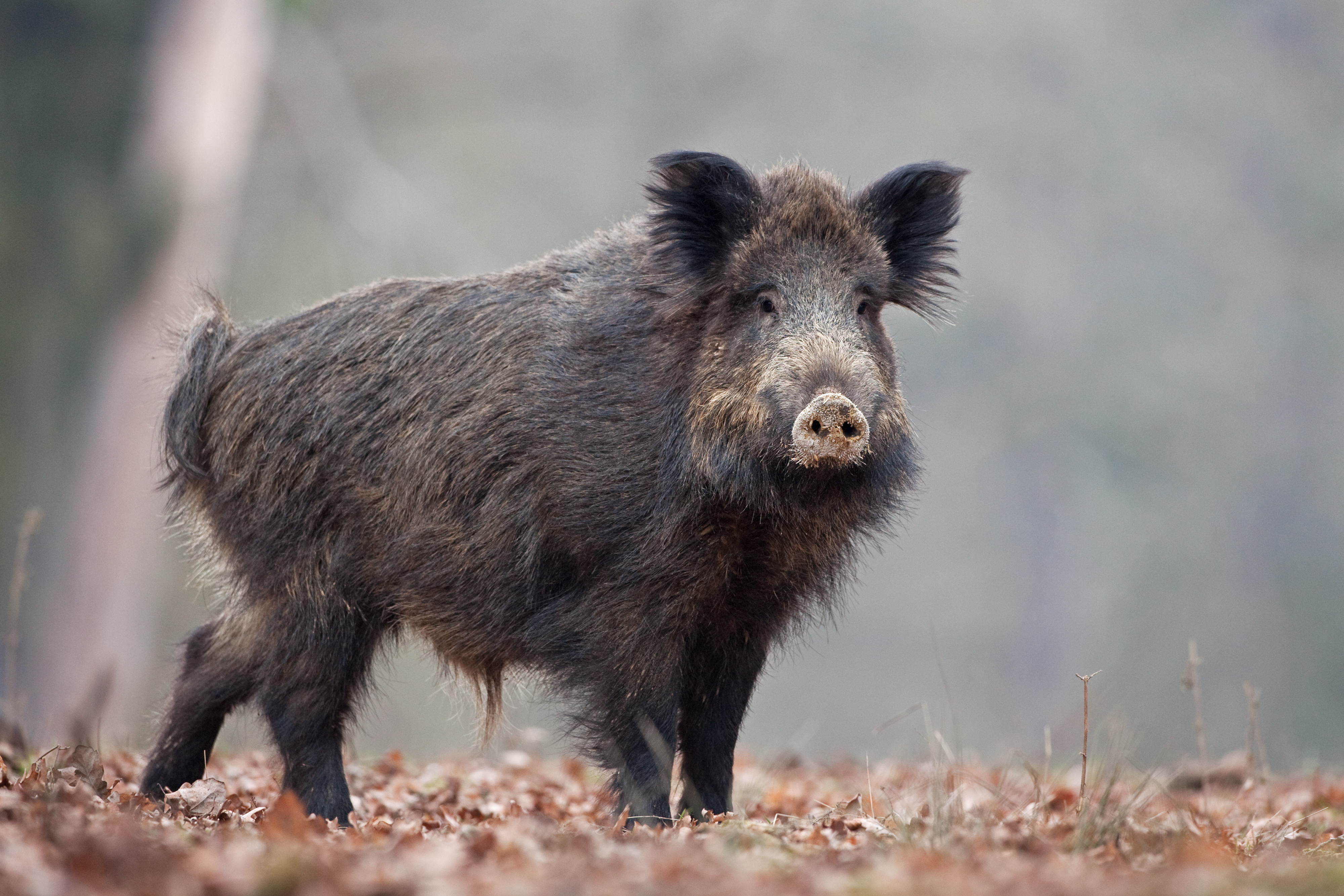



South Korea reports rise in wild boar infected with African swine fever
South Korean authorities confirmed that six more wild boar infected with African swine fever (ASF) had been found near the North Korean border.
According to a report by South Korean Yonhap News Agency, the new cases bring the total number of infected animals in South Korea up to 183.
Clinical tests performed by the National Institute of Environmental Research during post-mortem inspections of the boar confirmed the presence of the virus.
The carcasses were disposed of officially along with all contaminated material. Officials are focused on control of vectors of the disease in the wild, which includes wild boar and soft-bodied ticks.
The first case in South Korea was confirmed in September at a pig farm in Paju, less than four months after North Korea’s first outbreaks.
No new cases have been reported at in domestic pigs or in farms in South Korea since 10 October, but infected wild boars continue to be found. More than a third of infected boar found dead were discovered inside Paju city-limits, according to data from the National Institute of Environmental Research.
Clinical signs of African swine fever
- High fever 40-42°C.
- Loss of appetite.
- Depression.
- Lethargic- sometimes refusal to stand or move.
- Very unsteady when stood up.
- Vomiting and/or diarrhoea with bloody discharge.
- White skinned pigs: extremities (nose, ears, tail and lower legs) become cyanotic (blue-purple colour).
- Discrete haemorrhages appear in the skin particularly on the ears and flanks.
- Group will huddle together and are usually shivering.
- Abnormal breathing.
- Heavy discharge from eyes and/or nose.
- Comatose state and death within a few days.
- Some pigs can show conjunctivitis with reddening of the conjunctival mucosa and ocular discharges.
Pregnant sows commonly undergo miscarriage or deliver stillborn piglets that are malformed – piglets can be tested for the virus.
Mortality rate in infected groups of pigs is high and there is no vaccination proven to prevent or cure infection, therefore, it is crucial that control begins on-farm. European, South American and Caribbean countries which have been infected have adopted a slaughter policy to eradicate the virus within the herd. Mild strains of the virus also occur which cause a milder but equally serious disease in domestic pig herds – individuals from these herds must also be slaughtered to prevent pathogenesis.








